In this tutorial, we will show you how to install Chrome OS on PC, with Play Store support. Chrome OS, derived from the Chromium OS, uses the Chrome browser as the principal user interface. Launched as the default OS for the Chromebook, it created quite a buzz and Windows users were all ut ready to port it onto their PCs. However, the thing is Chrome OS is exclusively for Chromebook and is near about impossible for the complete OS port. Don’t get us wrong, there do exist some emulators with are capable of supporting Chrome OS on your device, but they don’t support even most of the basic features.
So what else could be done in such a case? Well, you could still port the entire Chromium OS on your Windows PC. Using this, you will not only be able to enjoy all the Chrome OS features but could get a working full-fledged Play Store support as well. This spells out that you could run all the Android apps directly on your PC without any fuss whatsoever. Furthermore, it is based on Android 9.0 Pie, which has still not that old, considering Android 10 is the latest ‘stable’ Android build. In our testing, we found out the performance and battery life to be exceptionally good. So if you wish to try it out as well, here’s the instruction to install Chrome OS on your PC with Play Store support.
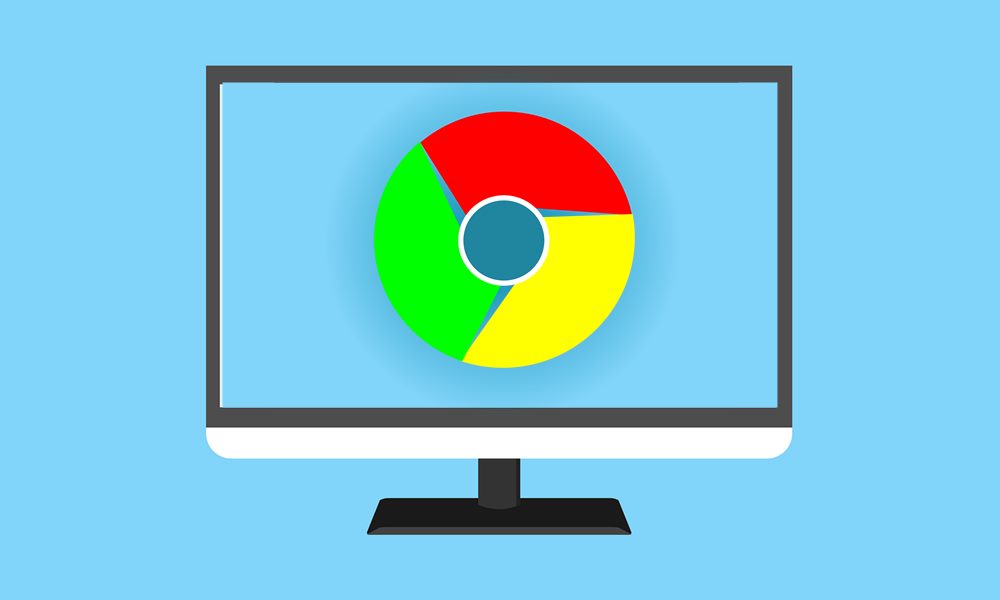
Page Contents
How to Install Chrome OS on PC with Play Store Support
Before we begin with the installation instructions, there are few requirements that your PC should qualify. Furthermore, some important files need to be downloaded as well. Here is all that is needed for the successful installation of the Chrome OS.
Prerequisites
- A USB drive with at least 16GB of free space.
- UEFI boot support in the system BIOS.
- Intel-based CPU and GPU. On AMD, chances are quite less, but if you wish you could still give it a try.
Downloads
- First of all, download the Linux Mint Cinnamon. Make sure to download the one based on your CPU Architecture (32 bit or 64 bit).
- Next up, download the Rufus tool to flash the Linux Mint image on your USB Drive.
- Also, download the Chrome OS recovery image. Make sure you download the latest version, codenamed “rammus”. At the time of writing, version 80 is the newest one.

- Now you may ask why we should go for this codename? Well, the thing is Rammus is the recommended image for all the devices having a 4th generation Intel CPU or newer ones. So if you are having a3rd Gen Intel CPU, then you should instead go for “Samus”. Whereas AMD users might try out the “grunt” image.
- Now comes the most important part: download the file named Brunch (make sure you download the tar.gz file under the Assets section). This file acts as a framework for the creation of the generic Chrome OS image, which makes it possible to be installed on any Windows PC.
- Finally, download the install.sh script file using the Ctrl+S shortcut key combinations,
This where all the required files. Now let us begin with the steps to install Chrome OS on PC, with Play Store support.
Instructions to Install Chrome OS on PC
Before we begin with the steps, do keep in mind that this process will wipe all the data on your hard drive. So it is of paramount importance that you create a backup beforehand. Once that is done, follow the below steps:
STEP 1: Flash Linux Mint onto USB
- Connect your USB drive to PC and launch the Rufus application. Now click on the Select button situated at the right. From the menu that appears, chose the Linux Mint Cinnamon image file.
- Once done, hit the Start button. Then click on Yes followed by OK. The flashing process will now start and should be completed within a few minutes.
- Once done, create a new folder on your desktop and name it Chrome OS. Move the download install.sh script file to that folder.
- Now the Brunch file that you have downloaded earlier would be in a compressed format. Extract the entire contents of that folder to the Chrome OS folder. When you do so, you should have five files in total. The first one will be the install.sh, the other four from the Brunch file.
- Next, extract the Chrome OS recovery image on your desktop. Open it and rename the file to rammus_recovery.bin. On the other hand, the Samus and grunt users should rename their files to samus_recovery.bin and grunt_recovery.bin respectively.
- Again, move this rammus_recovery.bin file to the Chrome OS folder that you had created on the desktop. Now you should have six files inside the folder. Install.sh, rammus_recovety.bin, and four others from the Brunch folder.
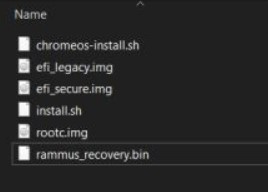
- Move the entire Chrome OS folder to the USB drive where you have flashed the Linux Mint Cinnamon.
That’s it from the first section. Move onto the next step to boot Linux Mint on your PC.
STEP 2: Booting to Linux Mint Cinnamon
- Make sure the USB drive is already connected to the PC. Now restart your PC and when as soon as the reboot process starts, keep continuously pressing the boot key of your PC. Different manufacturers have different keys for the said purpose. Here is the list for some of them:
- Dell: Hit the F12 key continuously when you see the Dell Logo
- HP: Use the F9 key when HP logo is displayed
- Lenovo: As soon as you see the Lenovo logo, continuously hit the F12 key.
- Toshiba: Either F12 or F2 should do the j0n.
- Acer: The F12 key should do it for you
- Once your PC boots to the BIOS, head over to the Boot section and select the UEFI option from the list.
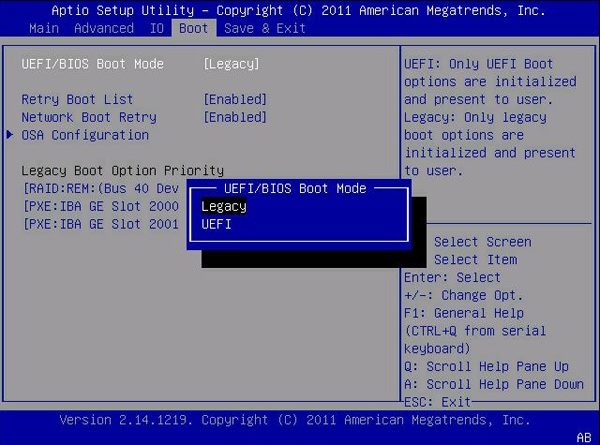
Select UEFI from the Boot Mode - Similarly, go to the Security option and disable the Secure Boot feature. Head to the Exit option and select Exit Save Changes.
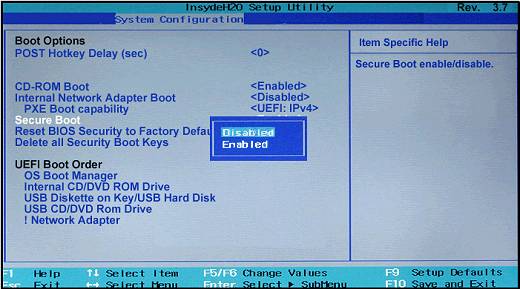
- As soon as you do so, start pressing the boot key again. At this point, the PC will ask to choose the boot device. Since we want to boot from USB and not hard drive (as your hard drive has Windows installed and we wish to boot to Linux), select the USB Hard Drive option.
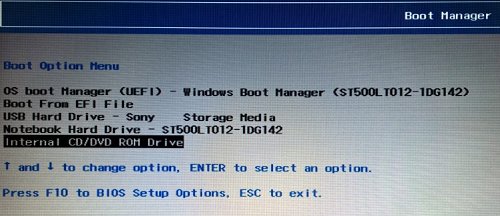
Select USB Hard Drive in Boot Order - Your PC will now boot to the Linux Mint Cinnamon. Choose the Start Linux Mint option on the welcome screen. That’s it. You have now successfully installed Linux Mint. it is now time to install the Chrome OS on your PC with Play Store support.
STEP 3: Install Chrome OS
- Now that you have successfully booted to Linux, connect to the WiFi network. Click on the network icon situated at the bottom right and choose your WiFi. If for some reason you are having trouble connecting to WiFi, you could also go with the wired mode, i.e via the Ethernet cable.
- We have connected to the internet because we need to download some important libraries an dependencies in the next step. With that said, go to the Home folder and select the File System tab from the bottom left menu bar.
- Open the Chrome OS folder and right-click in an empty location inside that folder. Open the terminal and type in sudo sh install.sh and hit Enter. The downloading will now start.
- Now it will ask whether you want to proceed with the installation. Do keep in mind that the entire data on your PC will be wiped off. To continue ahead, type in yes and hit Enter.
- Once the installation is complete, head over to the Start menu and click on Turn Off. next up, click on the Shut Down button in the popup box that appears. This will turn off your PC.
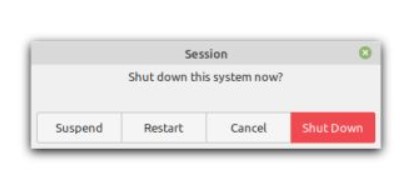
- Finally, remove the USB drive from your PC and turn on your PC. Your PC will now boot to Chromium OS, congrats!
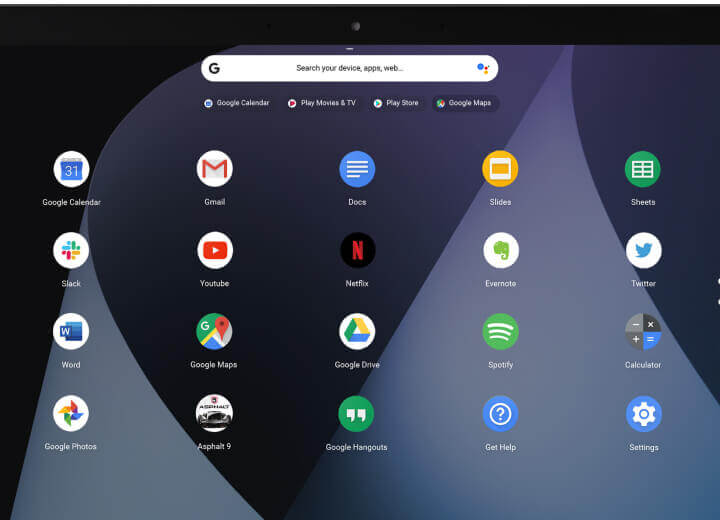
Go ahead and try out all the Google Apps, most importantly the Play Store. Install any app of your choice and indulge yourself in a new immersive gaming experience.
Conclusion
So with this, we conclude the guide on how to install Chrome OS on your Windows PC, with Play Store support. As mentioned before, it is based on Android 9.0 Pie, hence you will still be able to enjoy many of the newer Android goodies. Just keep in mind that when you are logging into the Chrome OS with your Google ID, it is better not to use your primary ID. This is because we are using Play Store on a non-officially supported device. So to be safe, go with your secondary account and keeps your primary ID safe. Rounding off, here are some iPhone Tips and Tricks, PC tips and tricks, and Android Tips and Trick that you should check out.
